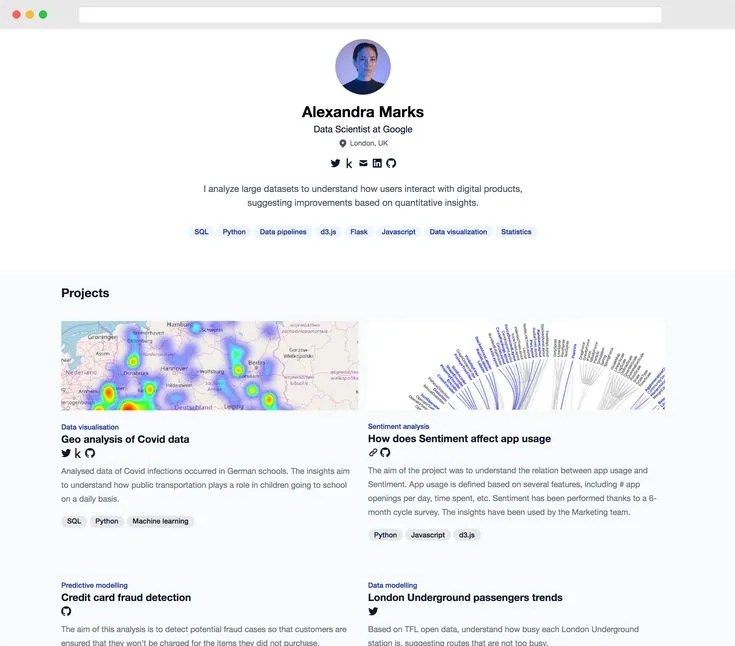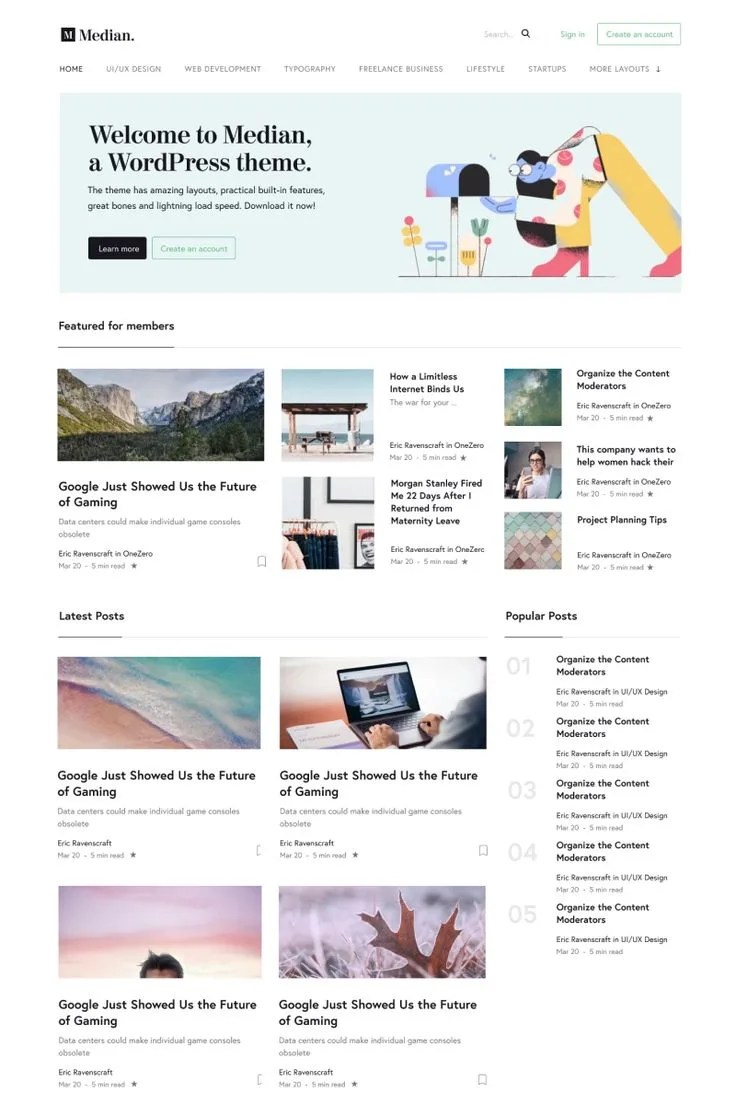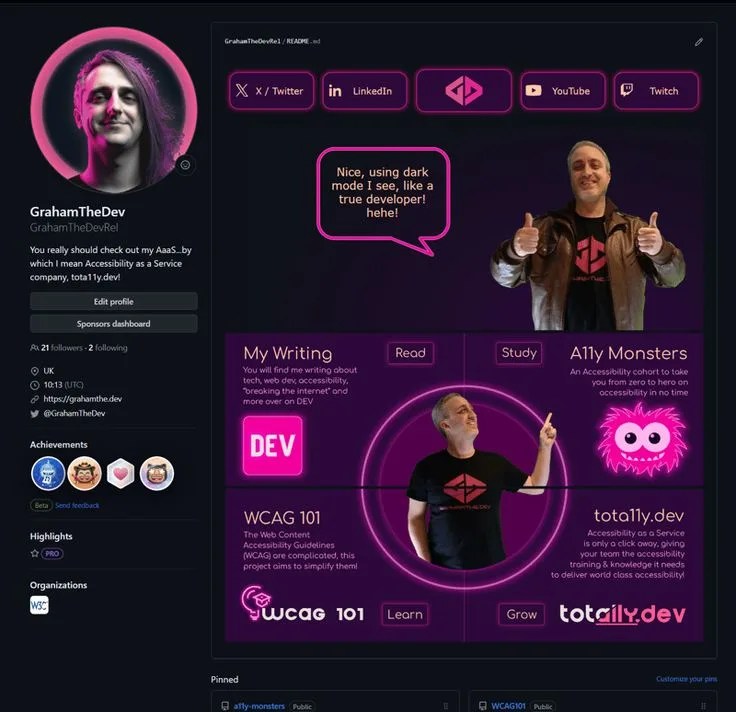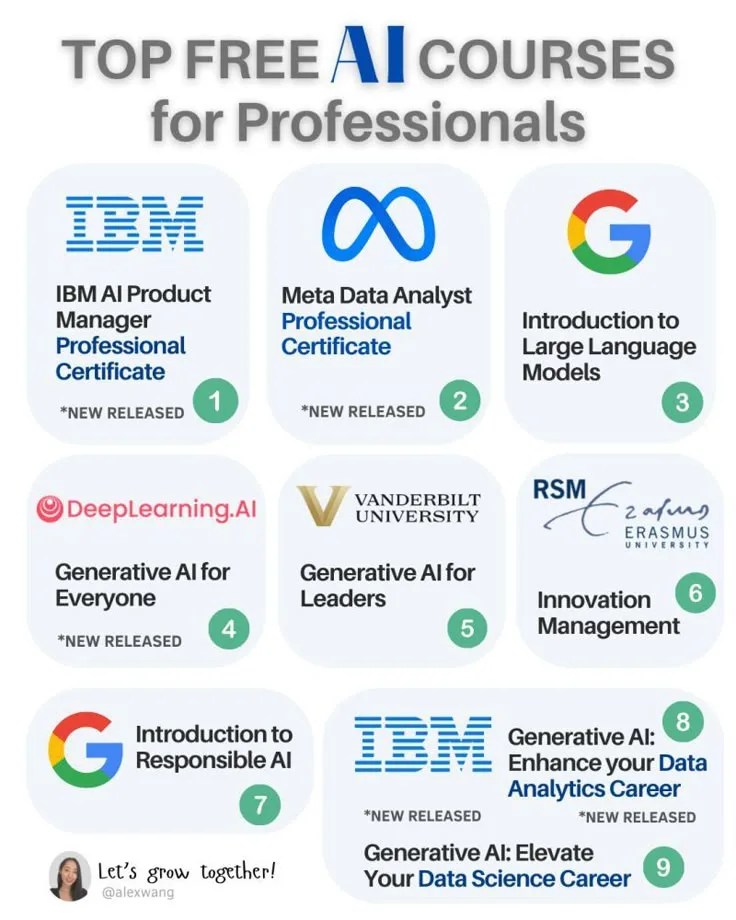In 2025, your data science portfolio is your loudest resume. With thousands of bootcamp grads and certificate holders entering the field each year, what sets successful candidates apart isn’t just what they’ve learned — it’s what they’ve built. If you’re a job seeker aiming to stand out in the competitive data science job market, a strong, strategic portfolio is non-negotiable.
Let’s break down what a standout portfolio looks like, which projects to include, and how to showcase your skills on platforms recruiters trust.
Table of Contents
Why Your Data Science Portfolio Matters
In today’s hiring landscape, many recruiters search GitHub before reading resumes. While degrees and certificates prove knowledge, portfolios prove execution. Employers want to see how you clean messy datasets, apply machine learning, or build dashboards that tell compelling stories.
Whether you’re applying to Meta, Netflix, or a fast-growing startup, your portfolio is a window into your practical problem-solving mindset.

🔍 What Makes a Great Data Science Portfolio in 2025?
✅ 1. Diverse Projects with Clear Business Context
Include at least 3–5 unique projects that show you understand real-world problems. Great portfolios are not just technical — they communicate why your work matters.
Examples:
- Predicting customer churn for a SaaS product
- Cleaning public health data to detect trends
- Creating a dashboard for NYC taxi data
Make sure you include:
- A problem statement
- Your approach
- Visualizations or key findings
- A link to the GitHub repo or deployed project
✅ 2. Use Modern, In-Demand Tools
In 2025, data science portfolios should demonstrate skill in:
- Python (pandas, NumPy, scikit-learn)
- SQL (PostgreSQL or MySQL)
- Visualization: Power BI, Tableau, or Plotly
- Jupyter Notebooks for documentation
- GitHub for version control and professionalism
Bonus points for cloud tools (e.g., Google BigQuery) or MLOps platforms.

📂 Where to Host Your Portfolio
1. GitHub
Your primary home. Clean repos with README files, visuals, and organized code are a must.
👉 Tip: Use folders for each project, add environment files (requirements.txt), and explain your results clearly.
2. Medium or Substack
Publishing a few blog-style write-ups about your process makes you more discoverable and shows communication skills — a rare gem in data hiring.

3. Kaggle
Projects here show off your competition history, notebooks, and datasets. Kaggle remains a top destination for recruiters in 2025.
4. Portfolio Website
Use tools like Notion, GitHub Pages, or Webflow to make a polished site that links everything together.

🎯 Strategic Projects to Include
Here are five project types that always catch attention:
| Project Type | Description |
|---|---|
| End-to-End ML Project | Load data → clean → train model → deploy with Streamlit or Flask |
| EDA (Exploratory Data Analysis) | Use messy data to uncover insights (think Yelp, Zillow, WHO datasets) |
| SQL Case Study | Answer business questions with raw SQL and explain your logic |
| Dashboard Design | Build in Tableau or Power BI with real-world KPIs |
| NLP Project | Sentiment analysis, topic modeling, or chatbot interaction using open datasets |
🧠 Where to Learn and Build
Several platforms make it easy to skill up and create portfolio-worthy projects:
- Coursera: Google Data Analytics, IBM Data Analyst certificates
- DataCamp: Hands-on, structured learning
- Kaggle: Real datasets, competitions, kernels
- Deepnote: Collaborative Jupyter environments with versioning
- LinkedIn Learning: Bite-sized data tutorials with certs

📈 Companies That Value Portfolios
In 2025, these companies actively scout GitHub, Kaggle, and portfolios before even interviewing:
FAQ: Building a Data Science Portfolio in 2025

Q1: Do I need a personal website for my portfolio?
Not required, but it helps. A central hub that links your GitHub, Kaggle, and blog makes you easier to evaluate.
Q2: How many projects should I have?
Start with 3 strong, diverse projects. Focus on quality over quantity.
Q3: Should I include bootcamp/cert projects?
Only if you improved or extended them. Recruiters have seen many cookie-cutter projects.
Q4: Can I use AI tools in my portfolio?
Absolutely — just explain how and why you used tools like ChatGPT, LLMs, or AutoML.
Q5: How do I stand out with no experience?
Great storytelling, clean code, real data, and business relevance will speak louder than your resume.



